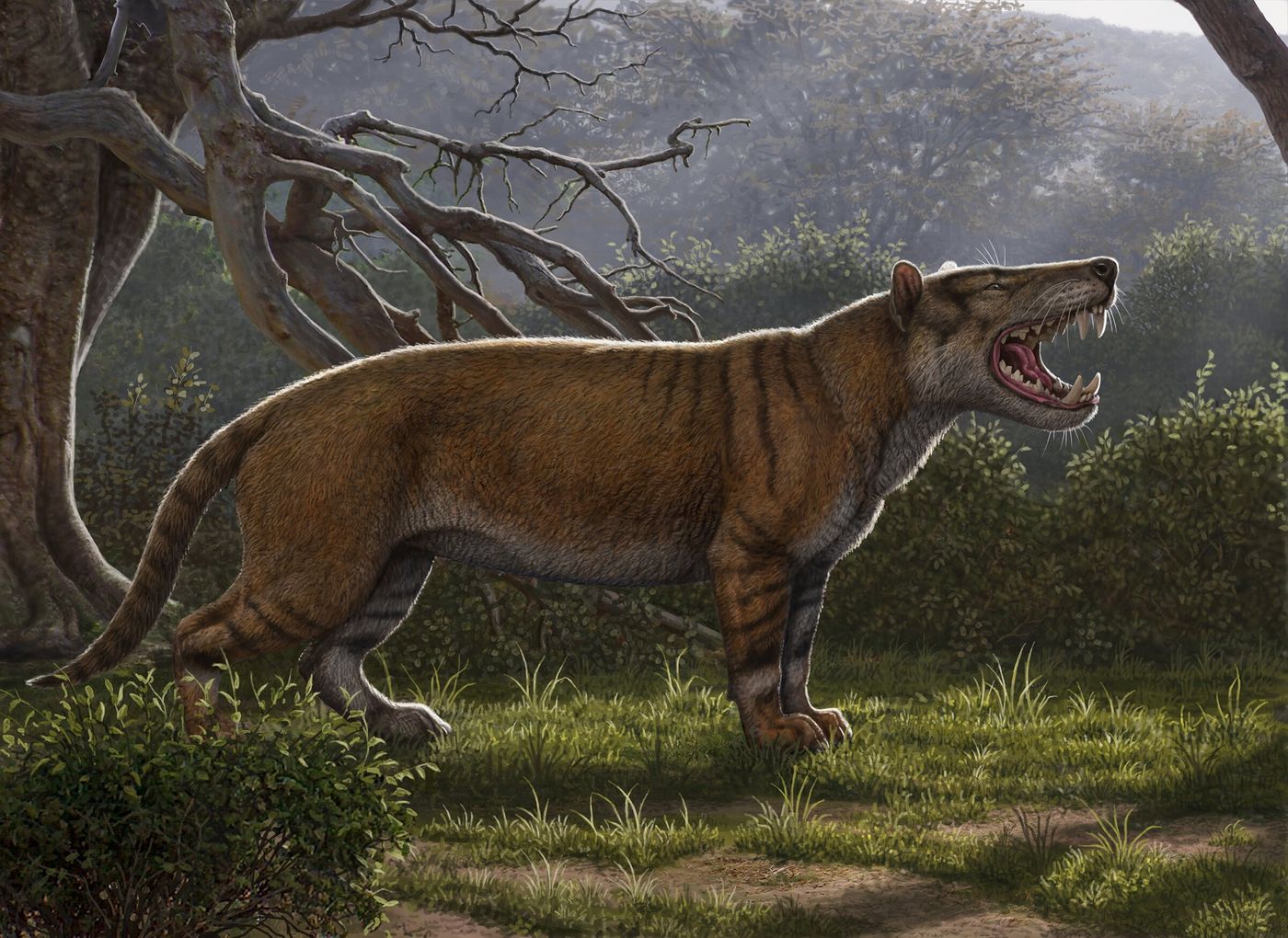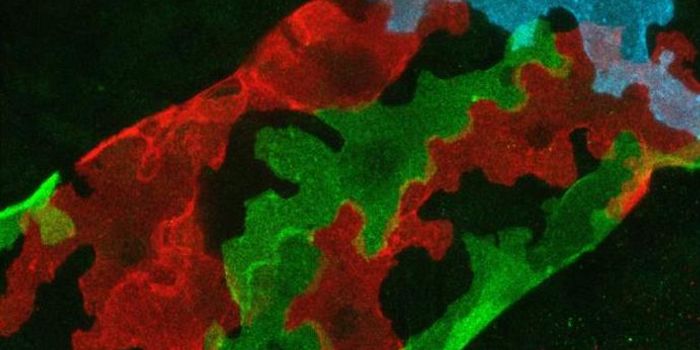Bones of Ancient Lion-Like Hypercarnivore Discovered
Hidden somewhere in a drawer in Kenya’s Nairobi National Museum were fossilized bones that stayed off the radar for decades. Paleontologists finally uncovered those bones in the last few years, and it’s a good thing they did because they purportedly belonged to an ancient animal species that was entirely new to science.
Image Credit: Mauricio Anton
The findings, which are now published in the Journal of Vertebrate Paleontology, divulge the details of what must’ve been quite the menacing creature back in the day. Paleontologists say that the beast was massive – comparable to a rhinoceros – and that it was a highly-specialized hypercarnivore with several rows of teeth that existed ~22 million years ago.
Paleontologists are calling it Simbakubwa kutokaafrika, the first part of which translates to ‘big lion,’ but this is a bit of a misnomer. According to the report, it belonged to an extinct group of mammals known as hyaenodonts, and it isn’t related to any of the modern-day big cats, much less any other mammal alive today.
Related: First lion cubs born via artificial insemination prove healthy
The researchers go on to explain that the creature exhibited physical characteristics that would have made it one of the top apex predators of its time. Moreover, it likely originated from Africa and meandered North in response to environmental changes that transpired over millions of years.
Eventually, the environmental stresses were too much for Simbakubwa to handle, and it went extinct. The rest of the hyaenodonts soon followed, and mammals that were better suited for the emerging grassland-style landscapes would then take the throne as the new apex predators. These changes only further diversified predatory mammals through evolution, resulting in the colorful array of those that exist today.
“This is a pivotal fossil, demonstrating the significance of museum collections for understanding evolutionary history,” elucidated Dr. Nancy Stevens, a co-author of the paper from Ohio University. “Simbakubwa is a window into a bygone era. As ecosystems shifted, a key predator disappeared, heralding Cenozoic faunal transitions that eventually led to the evolution of the modern African fauna.”
Related: Explaining the mechanisms responsible for beak development in the earliest dinosaurs
For all we know, there could be a whole host of other unidentified fossils just like this one residing at other museums around the world. There’s no telling what those fossils could show us about what the world was like before people, but it almost seems like each one could bring us one step closer to filling all the gaps in the puzzle.









